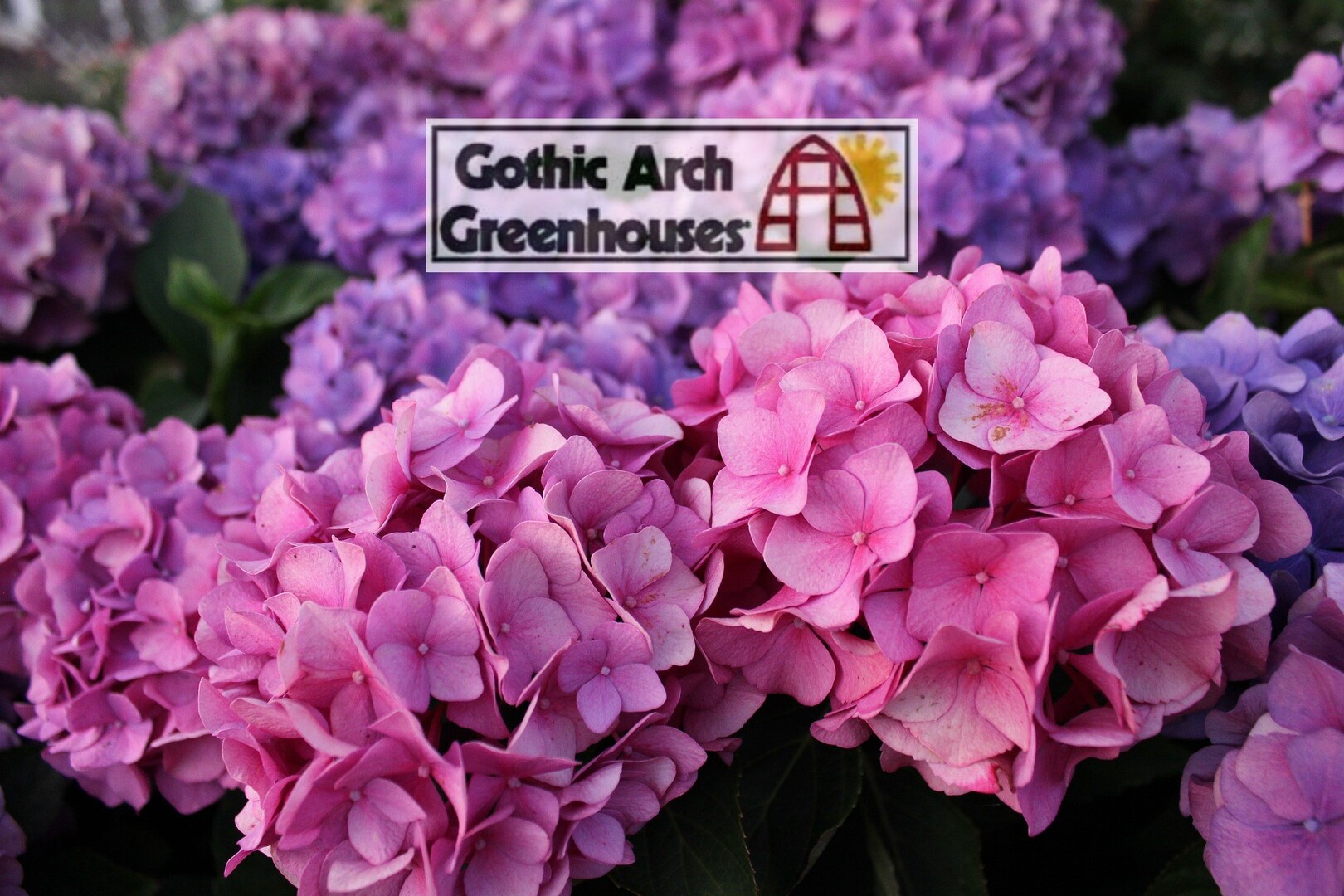 Hydrangeas are prized for their big, colorful blooms, and if cared for properly, they will thrive, and their natural beauty will be enhanced.Even if you don’t have much space, you can still enjoy these flowers. Hydrangeas are suited to be grown as shrubs, in containers and in gardens. Just make sure they get enough morning sun (afternoon sun is too hot) and shade (but not too much). Base the amount of sun they are exposed to be where your garden is located. For example, hydrangeas that are further north need more light than those in the south.
Hydrangeas are prized for their big, colorful blooms, and if cared for properly, they will thrive, and their natural beauty will be enhanced.Even if you don’t have much space, you can still enjoy these flowers. Hydrangeas are suited to be grown as shrubs, in containers and in gardens. Just make sure they get enough morning sun (afternoon sun is too hot) and shade (but not too much). Base the amount of sun they are exposed to be where your garden is located. For example, hydrangeas that are further north need more light than those in the south.
If you understand the unique needs of hydrangeas, you can help nurture beautiful, healthy flowers that come back year after year.
General Care for Hydrangeas
Though hydrangeas may appear delicate, they don’t require a lot of specialized care. They need plenty of water, one inch per week during their growing season. Deeply watering the plants is recommended three times a week to help encourage root growth. Be sure not to get moisture on leaves or the blooms. Providing this much water will protect plants from wilting on hot days.
Adding mulch to the base of the plant will also help keep the soil cool and moist. Plus, as the mulch breaks down, it will provide nutrients and boost the soil texture, especially if it is organic mulch. Finding the right fertilizer for your hydrangea variety will also boost growth and promote the health of the plant.
Hydrangeas tend to be pretty resistant to pests, but inspect your plants often. Typically, the best defense against aphids and red spider mites (pests that can infect hydrangeas) is giving them the proper care.
Hydrangea Pruning
Pruning hydrangeas properly can result in a more plentiful plant. Routinely trimming back dead leaves, flowers and branches will allow enough room for new growth. If your hydrangeas have enough room to grow, your only concern is to prune to remove dead wood and spent flowers. If a whole branch is dead, be sure to cut it off at the base of the plant.
With regular dead-heading, hydrangea plants are encouraged to produce more and bigger blooms. But pruning is important too. There is a growth-inhibiting chemical released by terminal buds at the tips of stems, so without this maintenance, fewer flowers are produced.
Dead-heading will help your plants bloom into the fall. Avoid pruning past August. By then, any new growth may be cut short by an early fall freeze. Allow any early fall blooms to simply fade away on their own, or cut your blooms and enjoy them! Hydrangeas make beautiful arrangements in bunches on their own or with other plants and flowers.
Changing the Color of Hydrangeas
You can change the color of your hydrangea blooms, but don’t expect it to happen right away. The process can take weeks or months! It’s recommended to wait at least two years before trying to make any change, so the plant has enough time to recover from the shock of its initial planting.
Please note that not all varieties can change color. Soil acidity influences the color of the flower—acidic soils (less than 5.5 pH) produce blue flowers; soils with a pH above 5.5 produce pink flowers. Changing the color from blue to pink is easier than changing pink to blue. Also white hydrangeas are unaffected by the pH level of the soil.
If your goal is getting pink hydrangeas to turn blue, don’t get discouraged. It will happen! One recommendation is to cover the base in pine straw, which adds a natural acidity. Other options to lower the pH and increase acidity include adding coffee grounds, eggshells and other compostable items, such as citrus peels. The addition of sulfur or peat moss to the soil can also result in blue flowers, whereas ground limestone can bring forth pink blooms.
To accurately determine which direction to go in, conduct a soil pH test. As you change the soil, continue to test it. A pH level above 7.5 can cause damage to the plant. When fall gets closer, all hydrangeas start to fade, but don’t worry! The plant’s bright; colorful blooms will return in the spring.
Need hydrangea help? We offer containers, nutrients and supplements, benches, carts and more. Please let us know if we can support your gardening efforts! Call us at 800-531-4769 or visit www.GothicArchGreenhouses.com.
